Douglas fir
Recognizing Douglas fir
We recognize Douglas fir by
- Its long cones measuring 5-10 cm.
- Its soft, flat needles with their lemongrass scent
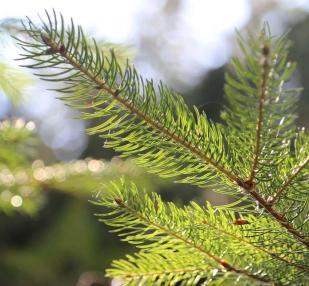
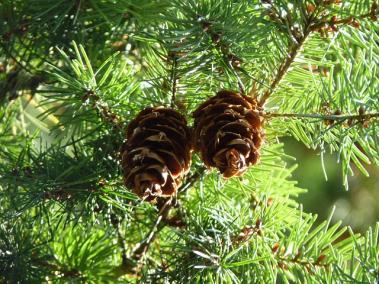
Sites favored by Douglas fir
Temperatures
Annual average of 8-11°C. Withstands the cold and spring frosts. Likes light.
Rainfall
Annual average of 800-1,200Â mm per year (sometimes more at altitude), with 150-200Â mm in summer. Relatively resistant to drought, varies according to origin.
Soils
Prefers light, well-drained soils that are cool, deep and loose, even if they are stony. Dislikes soils that are too damp or too compact. Criterion: The soil’s water reserves are important. It doesn’t do well in soil that is too clayey, too chalky or in shallow soils.
Root development of the Douglas fir
- Oblique root development, extensive side rooting.
- In compact soils, it may be uprooted by the wind or the weight of snow.
Growth and production of the Douglas fir
- Quite slow to start with then grows gradually from 6-10 years.
- Around 30 years to produce 1Â m3 then 1Â m3 every 10 years.
- Production of 15-25 m³/hectare/year (depending on site).
Douglas fir plantation
| Plantation | Spacing | Benefits and drawbacks |
| Intensive: 600-800 plants/hectare | 4 x 4 m or 4 x 3 m | Choice of plants with minimal branching, pruning essential. |
| Intermediate: 1,100-1,500 plants/hectare | 3 x 3 m or 2.5 x 3 m | |
| Traditional: 2,000 plants/ha | 2.5 × 2.5 m | Very high-quality heavy timber. Early thinning required so more difficult to market. |
Douglas fir wood
- Pinkish-brown heart and light-colored sapwood
- Easy sawing, dries without cracking or deformation.
- Very durable heartwood.
- Excellent wood for carpentry, exterior joinery and veneer.
- Also used for shuttering boards, wooden stakes and crates, and chipboard.
- Trade name: Oregon pine
Douglas fir health
Not affected by any major disease.

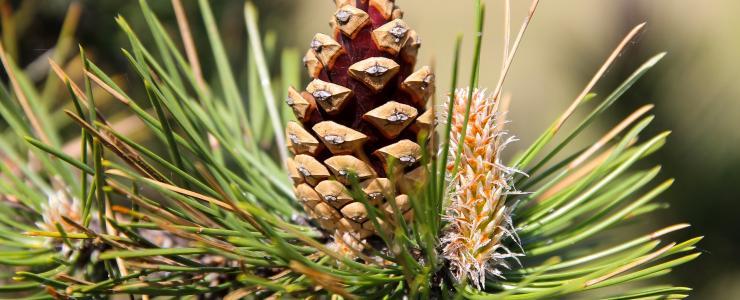
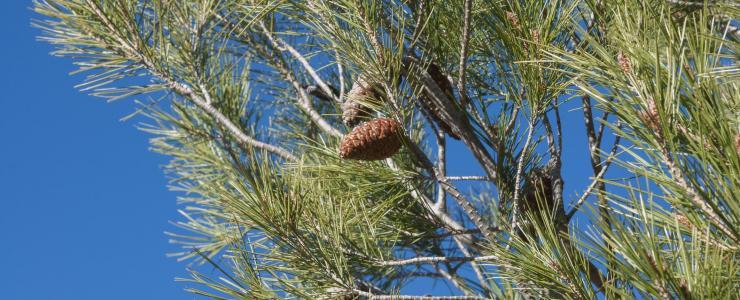
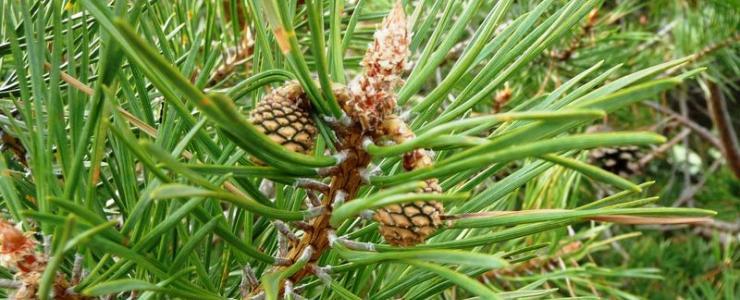
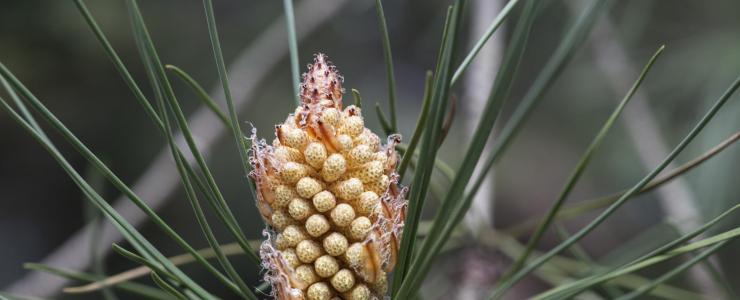
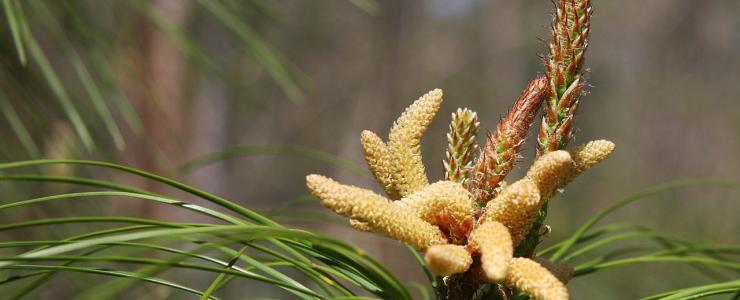
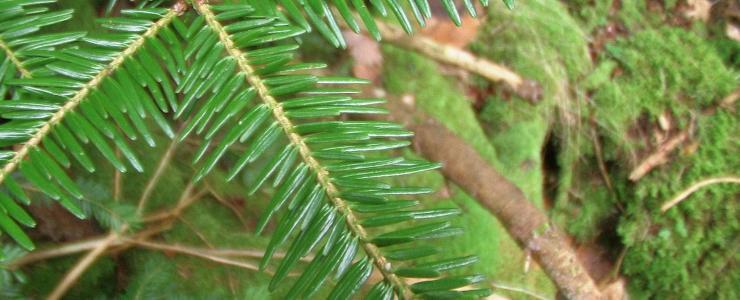
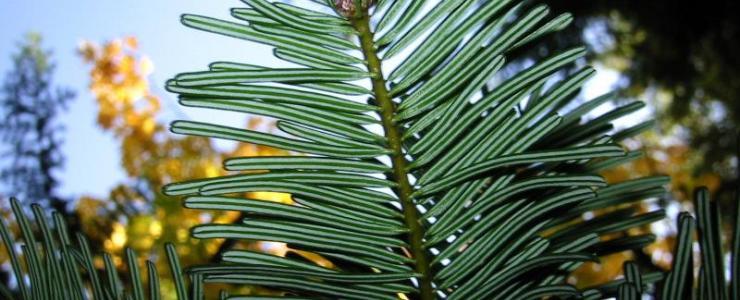
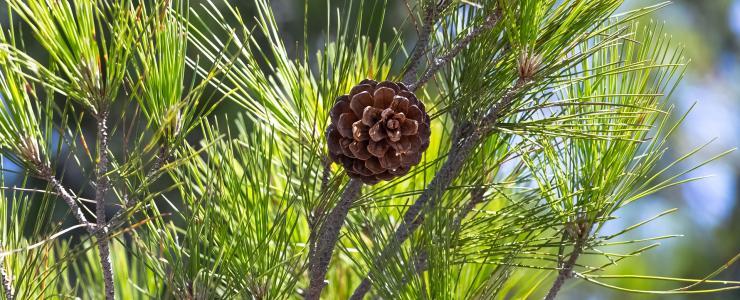
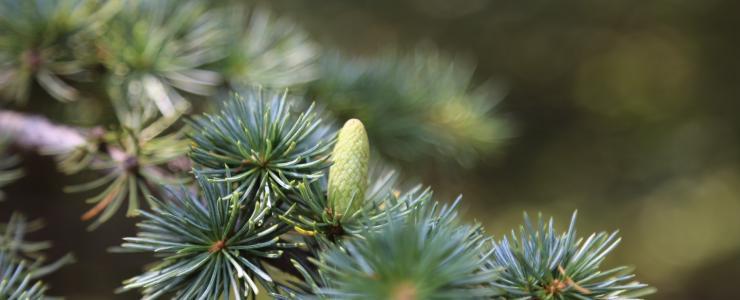
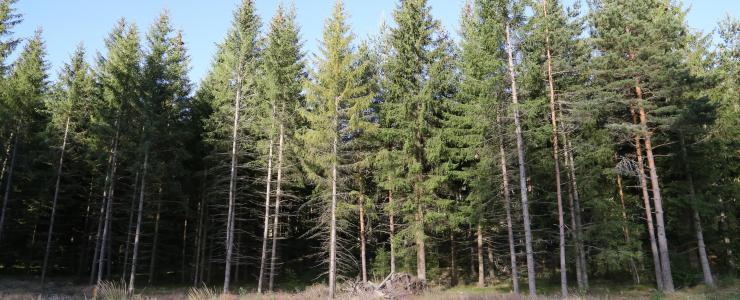
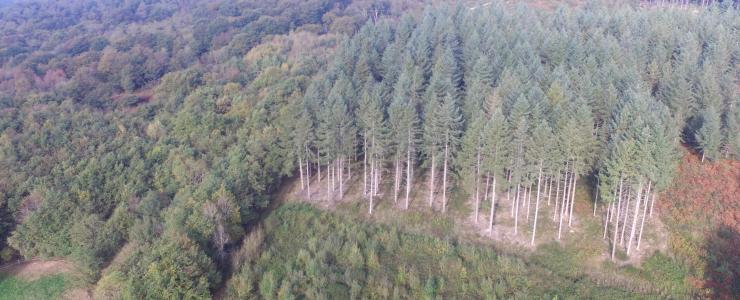
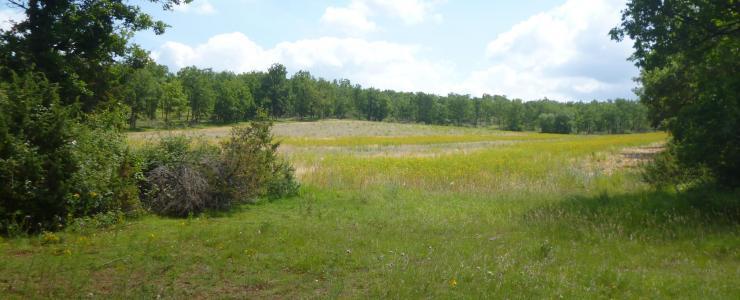
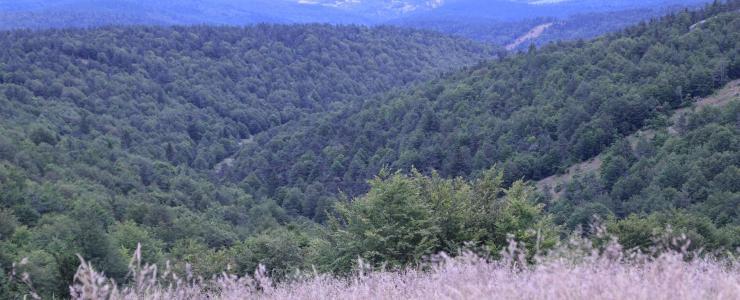
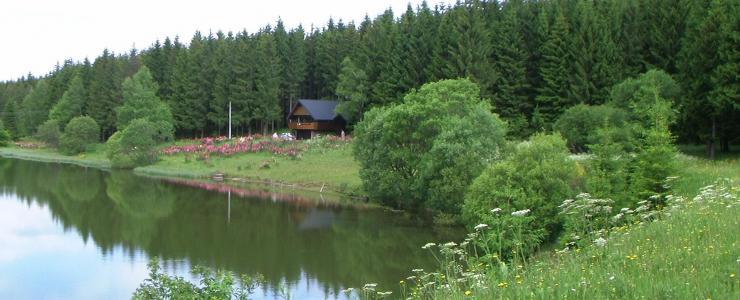
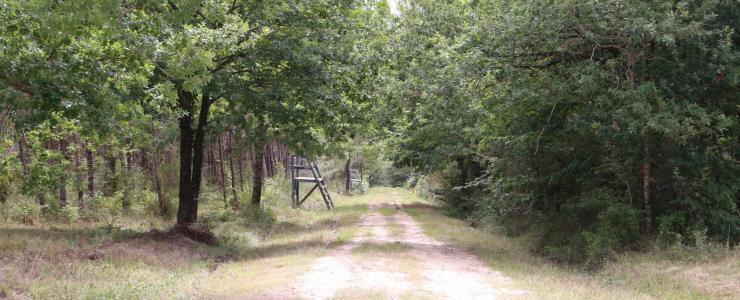
Economic view
The Douglas fir is a surprising species as it is so adaptable. Its wood is used in many different sectors. The heartwood of Douglas fir has characteristics that give it good natural resistance to insects and fungus.
It means it can go without certain treatments when being used outdoors. It also adapts very well in environments where air humidity is quite high.
For all these reasons, Douglas wood is very much in demand on the market and attains high values at sales (depending on quality) run by forestry consultants.
In addition, although we don’t really talk about profitability in the forest sector, Douglas fir can offer annual growth ranging from 15 m3 to 25 m3 per hectare per year, which makes it the best wood producer in France or indeed in Europe. Of course, land prices are on a par with wood production.
Douglas, with all its qualities, is a very popular species today and no doubt will remain so in the future.